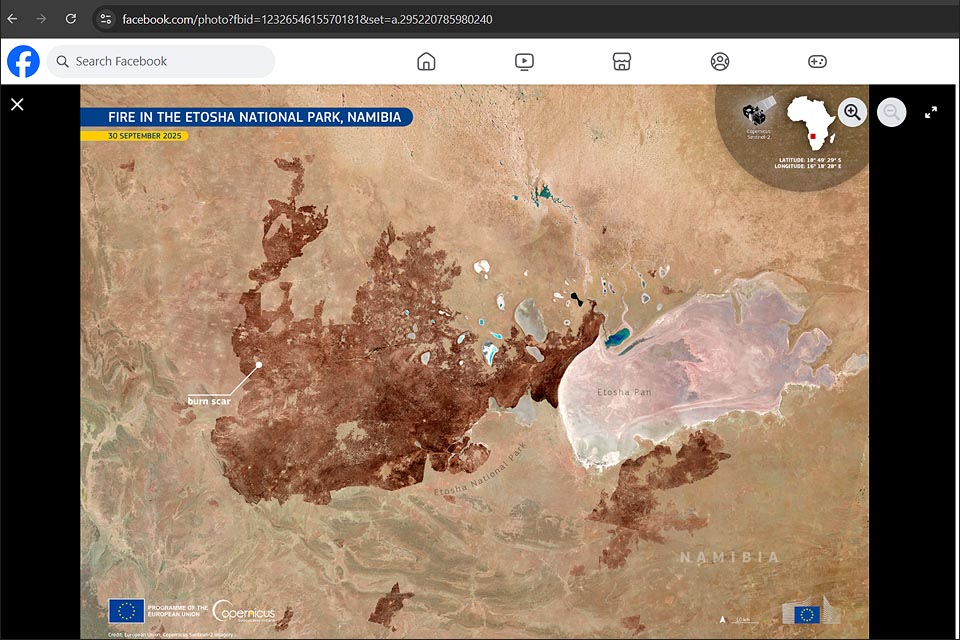
The planetary parade in January can also be observed in February. However, the following still applies: Uranus and Neptune are only visible with very good binoculars. And Mercury is missing. In addition, Saturn is very low and sets soon after the sun.
Mars can be found high in the sky in the evening in the constellation of Gemini, above the two bright 'twin' stars Castor (left) and Pollux. Jupiter is in the constellation Taurus, diagonally to the right below Aldebaran, the brightest star in Taurus. Uranus is to the left of Jupiter and the Pleiades and forms a long-legged triangle with them.
Venus and Saturn are close together low in the west after sunset. If you draw a line from Venus to the left to the slightly lower Saturn, you will find Neptune (in mid-February) a little above the centre of this line.
Saturn is the first to set, followed by Neptune and Venus. Uranus sinks behind the horizon around midnight, Jupiter about an hour later and Mars around 3.45 am. As Mercury is not visible at all, the starry sky in the morning is free of planets (see also TimeAndDate.com).
Leo, Scorpio and the Southern Cross

However, you can look out for impressive constellations in the morning. In the north-west you will find Leo, above it Virgo. A little further north, the handle of the Big Dipper (part of the Greater Bear) rises up. It points to Bootes, the bear's keeper, with its bright star Arcturus.
High in the east winds Scorpius with its reddish shimmering star Antares. In the south, the Southern Cross greets you.
In the evening, shortly after sunrise, the Southern Cross stands or rather lies above the horizon in the south-east. Diagonally to the right above it you can see Carina with Canopus, the second brightest star in our sky.
The brightest star is Sirius, which is high in the Canis Major in the northern sky in the evening. The hunter Orion can be seen to the west below it. Taurus and Gemini are again to the left and right below Orion. And Leo rises in the north-east.
The moon phases in February: first quarter 5 Feb, full moon 12 Feb, last quarter 20 Feb, new moon 28 Feb. At the beginning and end of February, the moonlight is therefore the least disturbing when observing the stars and planets.
You can find out more about the Namibian starry sky in January in the Astro-News by Lutz von Dewitz in the news section on the website of the Namibia Scientific Society.
Sven-Eric Stender





.png?width=82&height=85&name=Navigate%20Namibia-03%20(1).png)
SUBMIT YOUR COMMENT